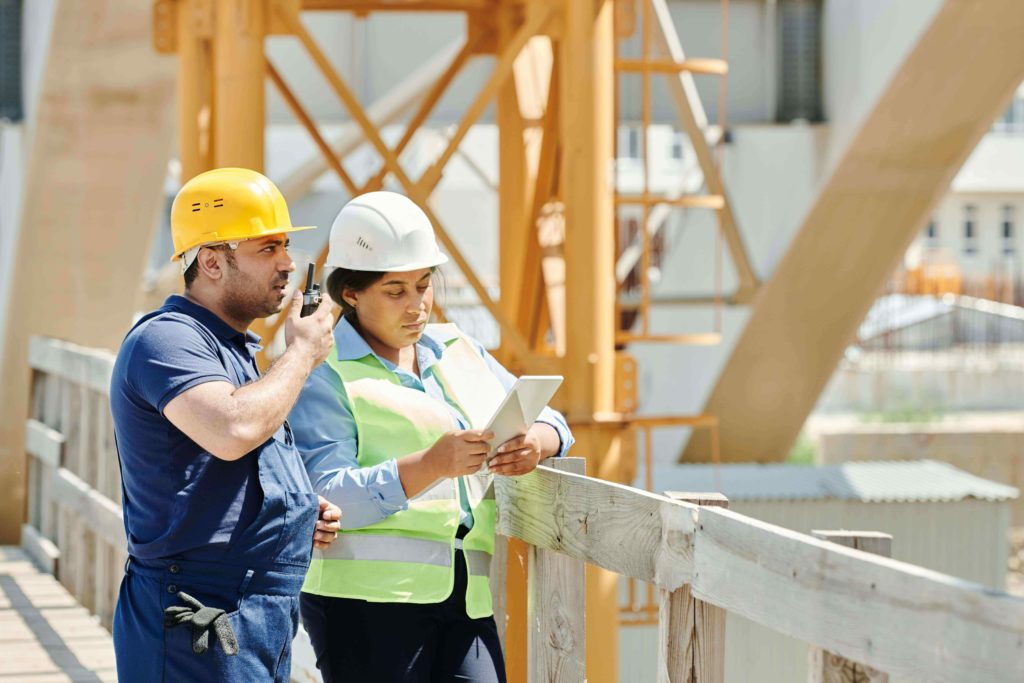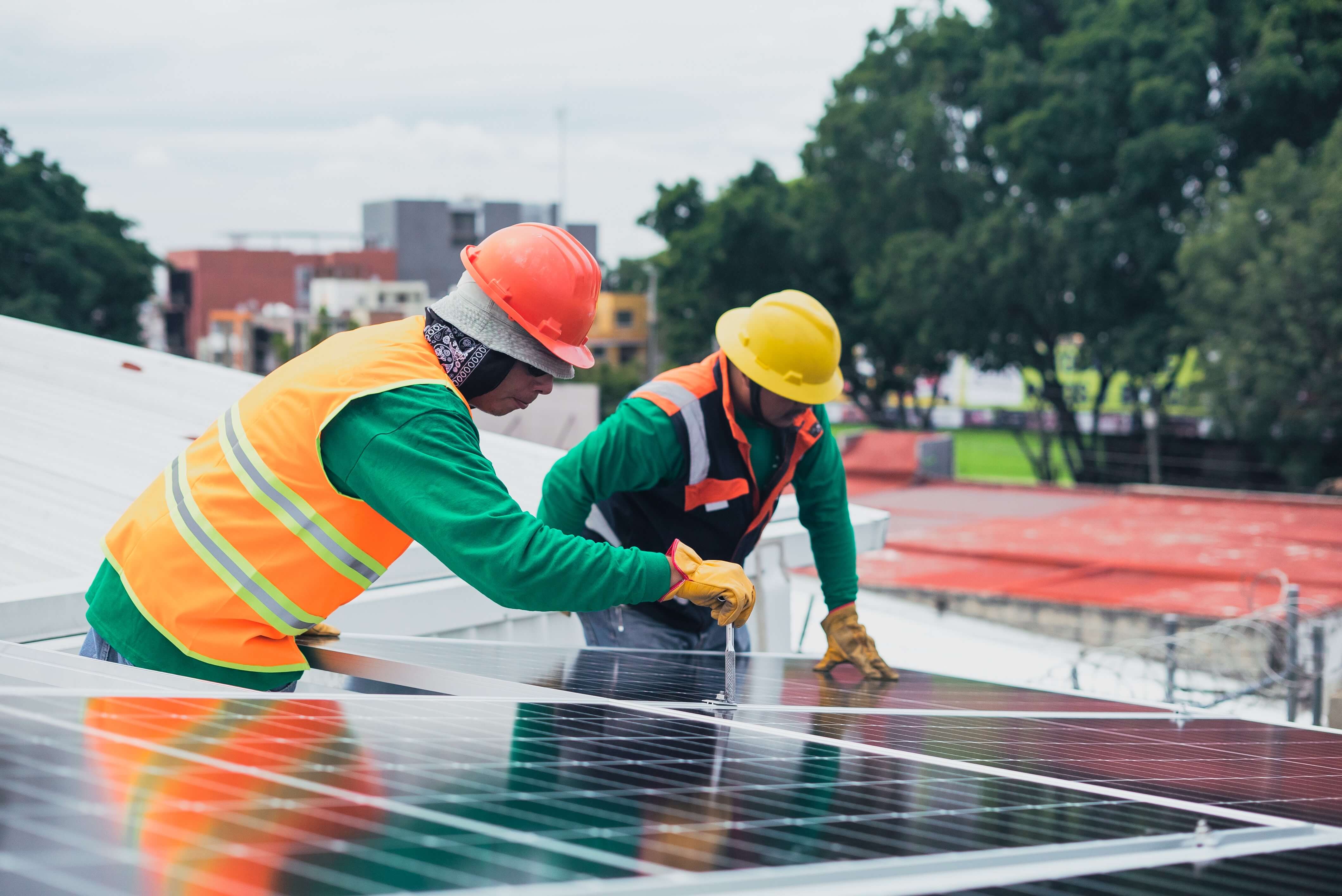Isolated workers are individuals who work alone or without supervision in remote locations. These working conditions expose employees to significant risks. Therefore, it is crucial for employers to prioritize safety and equip themselves with the appropriate tools. Let’s explore together the different Lone Worker Safety Equipment.
- What is Lone Worker Safety Equipment?
- Lone Worker Safety Equipment: Why is it important?
- Identifying essential equipment for isolated workers.
- How to choose the right Lone Worker Safety Equipment?
- Regulations for Lone Worker Safety Equipment.
What is a Lone Worker Safety Equipment ?
A Lone Worker Safety Equipment is a device aimed at ensuring the safety of isolated workers. It encompasses electronic devices like location beacons and alert systems to inform relevant parties in case of issues. Hygiene clothing, boots, and other protective gear are also crucial to safeguard workers against accidents. As an employer, you must provide these equipment to ensure the safety of your isolated employees. You also need to ensure they are properly trained in their use.

Lone Worker Safety Equipment: Why is it important?
To understand what types of equipment exist, you must grasp the various risks that lone workers face. This will help you appreciate the significance of Lone Worker Safety Equipment (PTI). It’s the initial step in crafting protocols and acquiring equipment capable of safeguarding, communicating, and providing appropriate responses in emergencies.
Physical Risks
Lone workers often operate in hazardous environments, such as construction sites, where they may face physical hazards like falls, cuts, or burns. In the absence of suitable equipment, these injuries can be life-threatening. For instance, a construction worker on a tall building might accidentally slip and fall, resulting in severe injuries. Similarly, a lone worker operating machinery in an isolated area could become trapped. Without the necessary PTI equipment to call for help, the accident’s consequences can be more severe.
Environmental Risks
Lone workers frequently operate in challenging environmental conditions. Extreme temperatures, critical weather conditions, or exposure to hazardous chemicals are plausible dangers. A lone worker in a desert area might face extreme heat, leading to dehydration or heat exhaustion. Similarly, a worker in a chemical plant could be exposed to hazardous chemicals, resulting in respiratory issues or skin irritation.
Health and Safety Risks
Lone workers can also encounter risks to their health and safety, such as:
Exposure to infectious diseases.
Lack of access to medical facilities or first aid.
Fatigue or stress due to long hours or working alone.
Social Isolation and Mental Health Issues
Lone workers experience social isolation, which can lead to mental disorders like depression and anxiety. For example, a lone worker who goes days without social interactions may feel profoundly lonely, potentially leading to subsequent depression.
It’s essential for employers to provide their lone workers with the necessary PTI equipment and support to ensure their safety, health, and well-being.

Identifying Essential Equipment for Isolated Workers
We’ve identified the various risks that isolated workers might face. Let’s explore the types of equipment and tools that can mitigate and prevent these hazards:
Personal Protective Equipment (PPE)
PPE includes gear such as high-visibility vests, helmets, cut-resistant gloves, and fall protection equipment to address risks like cuts, falls, and head trauma. Note that PPE must be chosen based on the specific risks present in the work environment. It’s also crucial to ensure that PPE is properly fitted and maintained. Ill-fitting PPE can be uncomfortable and fail to provide adequate protection, while poorly maintained PPE might not safeguard the worker during emergencies. Additionally, connected PPE, like smartwatches or anti-fall shoes, enhances safety.
Communication Devices
Communication equipment such as:
- GSM PTI or DECT PTI phones
- Or PTI walkie-talkies
are essential to enable isolated workers to stay in touch with supervisors, colleagues, and responders in case of emergencies. These tools facilitate real-time communication and can help prevent accidents from worsening. Ensure that communication devices are fully charged and regularly tested to ensure their proper functionality. When it comes to PTI equipment, isolated workers can also benefit from personal PTI alarm devices that can be activated in emergencies. These devices can alert emergency services and coworkers about the location and situation of the isolated worker. It’s crucial to ensure that emergency response tools are easily accessible and that workers are trained in their use. Regular inspections and maintenance of emergency response tools can also help ensure they’re ready for use in case of emergencies.

Monitoring and Tracking Devices
Monitoring and tracking devices such as GPS enable effective localization of isolated workers in emergencies and help identify and prevent hazards in high-risk environments. These devices can also provide valuable data about workers’ movements and activities, which can be used to enhance safety protocols and procedures.
How to Choose the Right Lone Worker Safety Equipment?
To select the appropriate Lone Worker Safety Equipment (PTI), you need to consider the overall intervention scenario.
Know the Communication Network
You must be aware of the communication network in which your isolated worker operates to choose the right equipment to use. For instance, providing a GSM phone to an employee in an area where the network isn’t available would put them in danger.
Type of Risk
Also, take into account the specific risk faced by your isolated worker to choose the suitable PTI equipment. You wouldn’t select the same equipment for a person dealing with working at heights as you would for someone facing a risk of burns.
Nomadia offers PTI equipment to effectively protect your isolated workers.
Regulations Regarding PPE Equipment
According to Article L4121-1 of the Labor Code, every employer is obligated to protect the mental and physical health of their employees, whether they work in isolation or not. Furthermore, the employer is required, as per Article R4512-13 of the labor code, to implement preventive measures which include:
- Defining an emergency intervention plan and communicating it to employees.
- Providing first aid training to employees to enable them to respond.
- Having first aid equipment readily available.
- Being equipped with a Lone Worker Safety System (DATI).
Lastly, be aware that individuals working remotely are now considered as lone workers. Hence, you are responsible for their physical and mental well-being during working hours.

